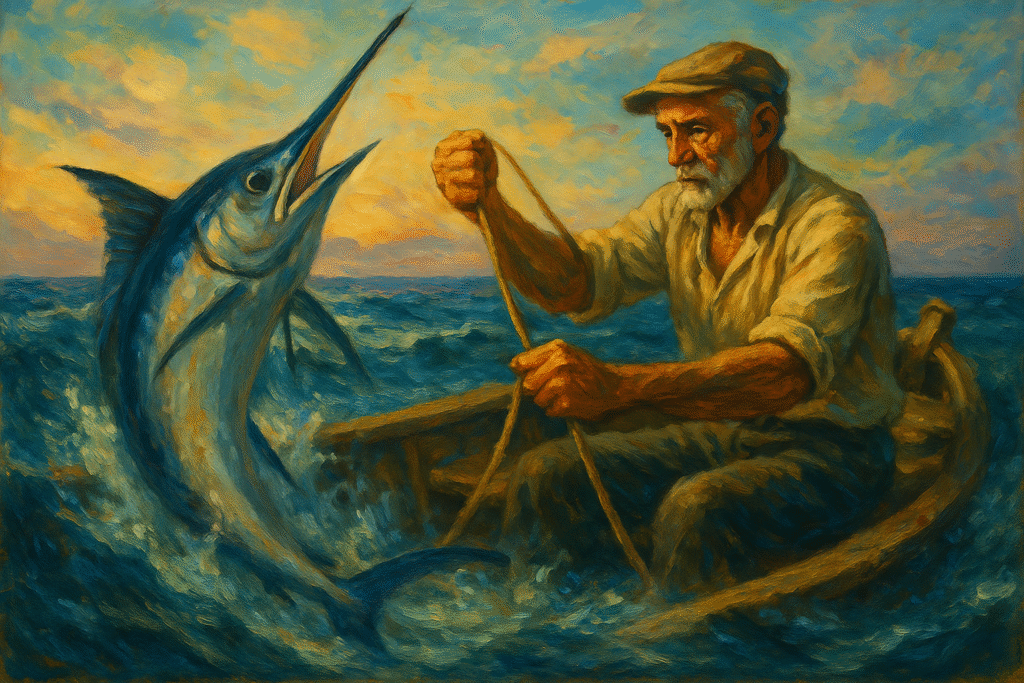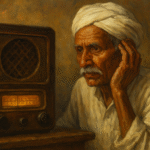Ernest Hemingway: Bleeding onto the Page, Still Teaching Us How to Write
The Discipline of Endurance
Ernest Hemingway, born on July 21, 1899, wasn’t a man who romanticized writing. He saw it as something to endure—something you did not because it was easy, but because it mattered. “There is nothing to writing,” he said. “All you do is sit down at a typewriter and bleed.”
Hemingway didn’t bleed in excess. He bled in clean, sharp lines. His style—sparse yet emotionally saturated—redefined modern storytelling. Today, in an age of overstimulation, when more often means better, Hemingway reminds us that fewer words can sometimes say more. His writing breathes between the lines.
A Book That Fits in Your Palm—and Stays in Your Bones
The Old Man and the Sea is a novella, brief enough to be read in an afternoon, yet vast enough to linger for a lifetime. On the surface, it’s about an aging fisherman and a long, unforgiving battle with a marlin. But for those willing to read closely, the sea becomes memory. The marlin becomes a dream. And Santiago, the old man, becomes every person who has ever faced life with quiet, unglamorous bravery.
“A man can be destroyed but not defeated.”
That single sentence holds more than many entire novels. It whispers to writers struggling with their first drafts, artists doubting their relevance, and anyone who shows up each day despite exhaustion. The book isn’t long—but it is deep. It’s not loud—but it is honest.

What Hemingway Offers the Contemporary Writer
In an age of algorithms and metrics, Hemingway gives us permission to return to craft. He teaches:
- Precision over performance
- Silence over spectacle
- Subtext over exposition
He shows us how restraint is a kind of elegance, and how stillness carries weight. For contemporary writers overwhelmed by content churn and digital noise, Hemingway’s world is a slow, sharpened blade—carved with care, built to last.
More Than Fiction, A Manual for Resilience
Hemingway’s writing isn’t just literature; it’s philosophy in motion. The Old Man and the Sea is about fishing the way Moby Dick is about whales—it isn’t. It’s about what it means to try, to fail, and to try again.
It’s about dignity in silence, failure without collapse, and finding meaning not in the outcome, but in the effort.
Why We Still Need Him
Hemingway wasn’t perfect—his life was troubled, often harsh. But in his flaws and fragments, he found a style that still speaks. Not loudly. Not all at once. But deeply, over time.
On his birthday, we don’t just celebrate a writer. We remember a man who wrestled with language like Santiago wrestled with the sea—tirelessly, painfully, and beautifully.
Because in the end, to write honestly is to endure.
And Hemingway taught us how.
Also Read:


